Revisiting The Most Classic Nomos, The 35mm Hand-Wound Tangente
A closer look at a classic that defines the brand, a 30 years old watch that hasn't changed (almost)
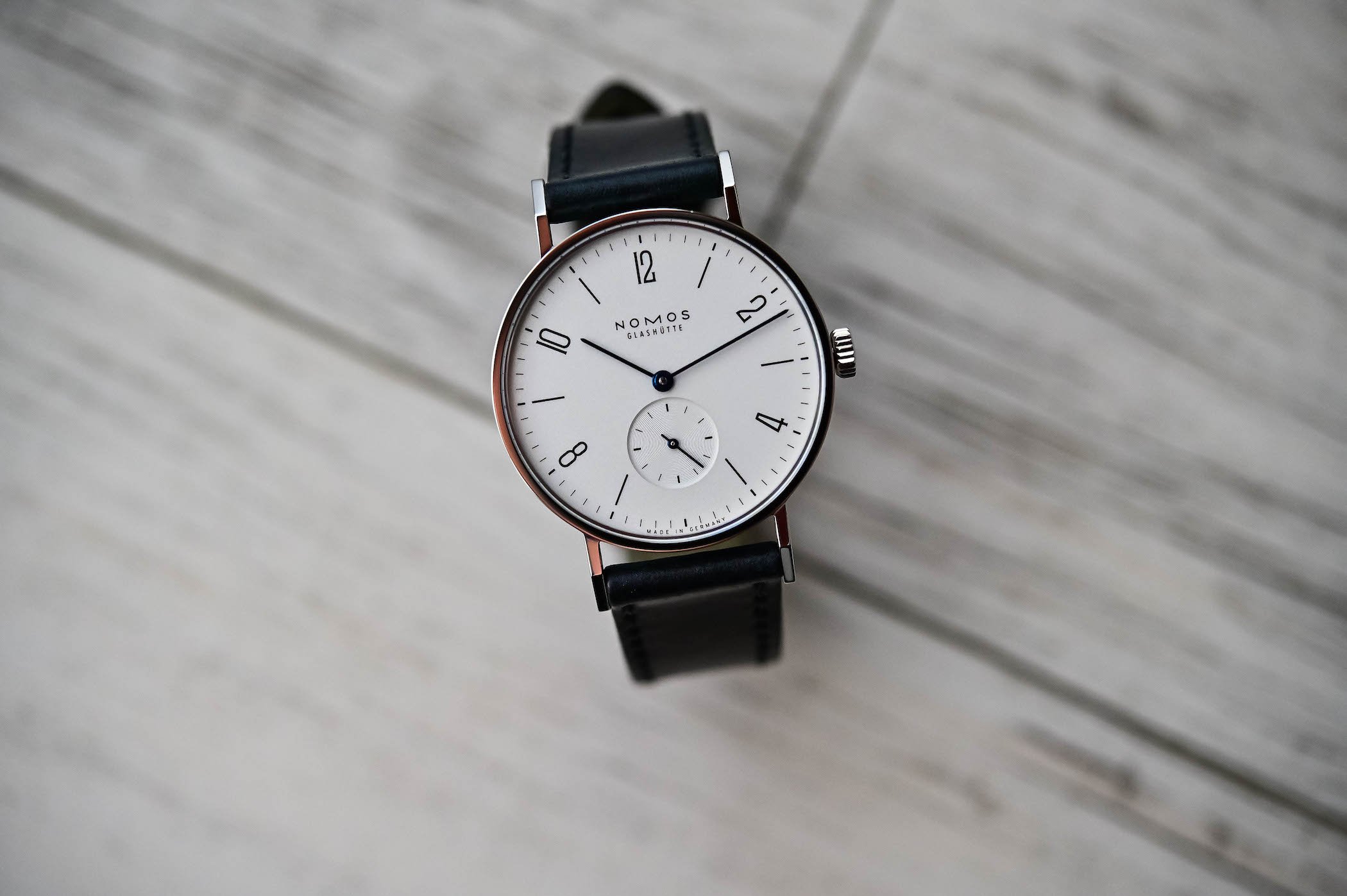
Some watches are so emblematic that they alone define a brand: the Omega Speedmaster, the AP Royal Oak, or the Blancpain Fifty Fathoms. When I think about Nomos, my mind can’t skip it; it always returns to the Tangente. A classic among the classics, it was actually one of four watches launched at the time of the brand’s inception. And while the other three are surely having their own fanbase, none can compete with the aura of the Tangente. I’ve easily seen and handled a dozen of different Tangente watches, but, for an inexplicable reason, I never really tested the real one, the original; the 35mm hand-wound Nomos Tangente, known as reference 101 or 139 (the latter being shown here).
Let’s go back in time a bit… Precisely, in 1990. Or maybe even a couple of months before that. On 9 November 1989, something of immense importance happened in Germany, the Fall of the Berlin Wall. For about 40 years, Germany was divided between Western Germany, influenced by Occidental countries, and Eastern Germany, under the influence of the USSR. The situation meant a true division in how societies evolved, with the East being administered and occupied by Soviet forces and not having the same economic growth as the West. As for the watchmaking industry, most of it was (and still is) located in the little town of Glashütte, next to Dresden, in what were Eastern territories. But then, in November 1989, things changed… drastically. The Wall was no more, Germany was reunited. And the watchmaking industry didn’t have to wait long to move away from state-controlled to independence. And watchmaking came back to its former glory.
Talking about Nomos, it isn’t one of the old names of Glashütte. It is a young(ish) brand actually. While the other two stars of the town, A. Lange & Söhne and Glashütte Original, were built using historical names and existing facilities (GUB and Lange), Nomos was founded in January 1990, just two months after the fall of the Berlin Wall. Right in a time of renaissance for the watchmaking industry in Glashütte. These were certainly difficult times, but also exciting ones… One highly important fact about Nomos, it was founded from scratch and is still independent today.
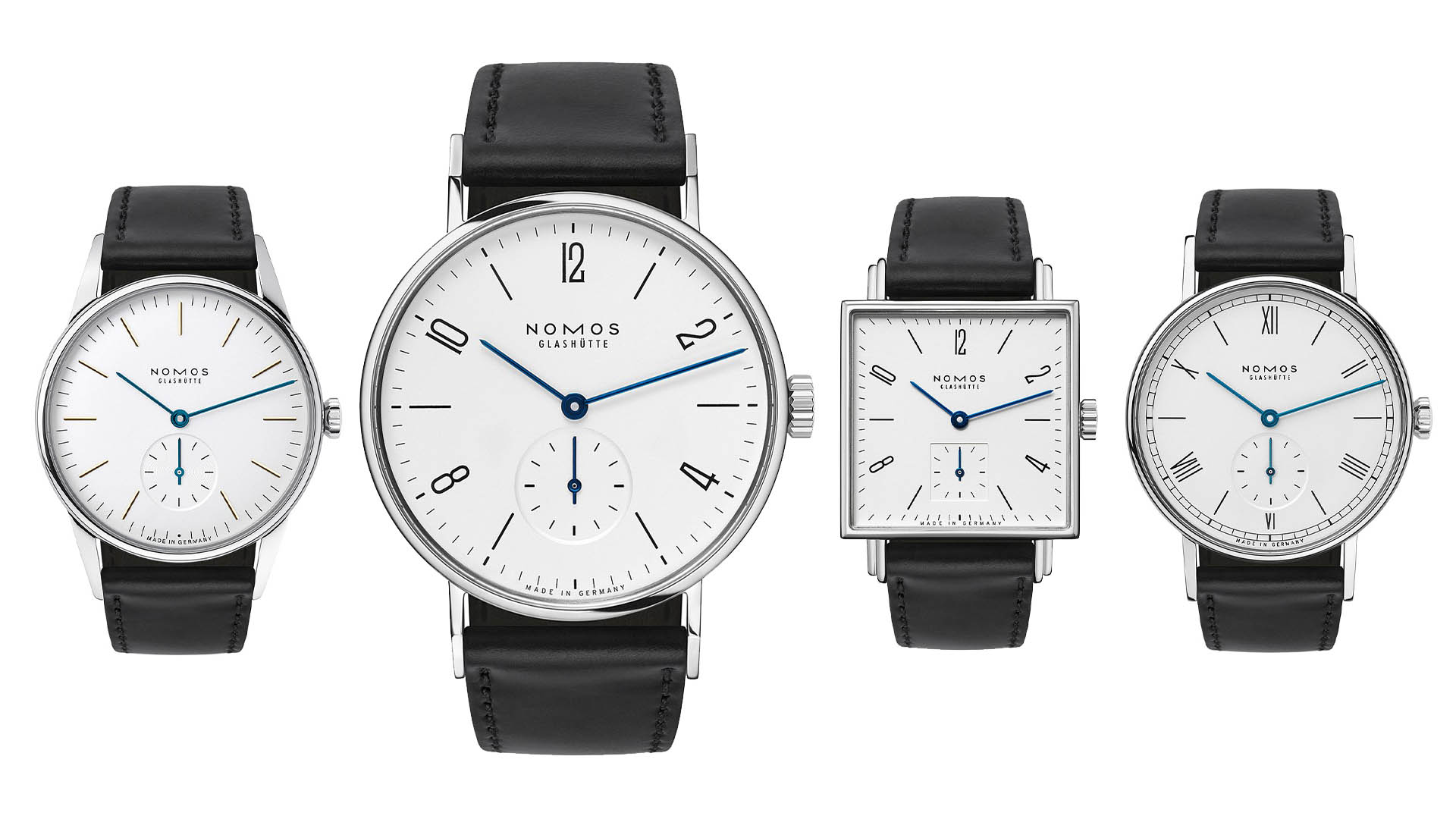
In 1992, Nomos presented its first collection, only two years after its inception. Comprising four watches, all were variations around a single design, an identical inspiration, with a different interpretation. Named Ludwig, Orion, Tetra and Tangente, they were all sleek, minimalistic, and fell perfectly into what I like to call “classics with a twist.” Dressy at first sight, simplistic but not simple, with a certain audacity in the details. All the inaugural watches of Nomos, including the Tangente (maybe even more than the others), were inspired by the past, by one precise school of design; Bauhaus. Typical of the 1920s and 1930s era, and mostly seen in Germany, Bauhaus has been one of the most influential currents in modern design and architecture. The style tends to feature simple geometric shapes like rectangles and spheres, without elaborate decorations. And surely, it feels when looking at Nomos watches.
The origins of the Tangente watch
The first edition of the Tangente was designed using existing elements of the past. Remodelled, adapted to modern tastes, but nevertheless typical of the Bauhaus era and from watches made in the 1930s. A compact and sleek watch, with a 35mm diameter, a small seconds and a hand-wound movement, it is, without a doubt, a modern version of watches made in Germany under the Bauhaus era. Looking at archives from the Glashütte region, you can find identical case designs at Lange (not ALS yet) and Stowa, as well as dials that feel familiar too – produced back then by a dial maker named Weber & Baral, in Pforzheim.
The inaugural Nomos Tangente was a marvellous watch. A true essay of design, with a formidable simplicity that only Bauhaus could have created. Minimalistic, architectural, designed with so much balance… What is even more astonishing is that in more than 30 years of existence, the classic Tangente, the 35mm hand-wound model, has barely changed. Comparing the watch available today and the model that came out in 1992, there is one important difference, however. The movement. Until 2005, Nomos was using outsourced movements, specifically the Peseux 7001 from ETA. After this date, the brand moved to internal production, with its own movement manufacture – in Glashütte, of course – with the introduction of the Calibre Alpha. Not entirely a development from scratch, but more on that later.
Looking at this watch presented in 1992, I see the essential Nomos. The most emblematic, the most recognisable, the watch that defines the brand. And the best is that it is still available, as I write this article, from the brand, in an unaltered version.
The Classic Nomos Tangente 35mm
If you search the web for images of “vintage” examples of the Nomos Tangente and compare them to the watch that we have here, which is the watch you can order now, you’ll hardly find a difference. Maybe, just maybe, the font and the finesse of the printing have changed slightly. The Glashütte logo is not accompanied by the SA mention anymore. Maybe, the colour and texture of the dial have evolved. But, without taking into account the movement, this is about all the differences I can spot.
And this is what stroke me most when I actually had this watch in my hand. I never really thought about it before, but this classic Nomos Tangente is one of the rare examples of a watch that hasn’t changed in so many years. And this only accentuates the overall emblematic status of this watch.
What is a Tangente 101 or 139 (the difference between these two references being the presence or not of sapphire caseback)? As explained, it is a modern evocation of the Bauhaus era, of the watches that were designed in the 1930s according to Bauhaus principles. Graphic, geometric, and minimalistic, it is a design that is almost free of all adornments. There’s nothing superfluous, decorative or unnecessary here. Each part is there for a reason, and despite a description that could feel cold and utilitarian, there is something highly complex about this watch – 100 years after its golden age, Bauhaus continues to amaze me with its modernity and its timelessness.
It all starts with the case, which is nothing more than a flattened cylinder. The middle case is as round as it could be and has flat sides, without a single curvature. And this angularity of the sides is certainly attractive, or at least different from the crowd. The lugs are following the same principles, with the Bauhaus concept of mixing lines and curves. Sharp, angular and angled, the lugs are simple straight steel bands, attached directly to the case without even considering “merging” the parts or imagining to create a smooth transition. And to top it all, the Tangente relies on a flat sapphire crystal and a crown that couldn’t be simpler. If you want to talk about overly-designed watches, this isn’t the right place…
The beauty of the classic Nomos Tangente also comes from its outdated, slightly old-school proportions. 35mm… It is compact, specifically when combined with a profile that is only 6.6mm. But 30 years ago, it was still totally acceptable for a man to wear a 35-36mm watch. And it should be today too. This is helped by the presence of rather long lugs, making the watch slightly larger on the wrist – 45mm lug-to-lug (Nomos watches are always long, but it doesn’t really matter in this small watch). Light, smooth, and worn on a supple strap, the 35mm Tangente wears like a charm. There’s a certain elegance to this watch, the elegance that you associate with an architect or an artist. A mix between classism and originality, resulting in an object that is not that simple after all.
The dial follows the same principles as the case, and has remained almost the same after 30 years. First of all, there’s this combination of markers and numerals, positioned radially (even though tilted in the bottom half), with a font that is as graphic as you would imagine from something named Bauhaus. Thin, black, straight and minimalistic again, these are combined with hands that are… thin and simple too. Seeing these ultra-thin needles running around the dial, with their thermally blued colour, is again bringing an unexpected complexity. The dial, which is galvanized and silver-plated, plays with the light in a truly handsome manner. It can change from metallic blue to champagne, depending on the ambient light.
I’m maybe repeating myself, but the Tangente might feel simple at first sight, but there’s much more to it when you take the time to observe the details. The balance of the dial, the graphics of the numerals, the uniqueness of the fonts, the thinness and yet presence of all elements… This watch is not simple. It’s minimalistic and voluntarily sleek. But you can feel the artistic side of the graphics.
For once, I also want to talk about the strap. 18mm in width, black with black stitching, closed by a pin buckle. Right… Nothing original here. True, but then again, there’s a complete coherence between the case and dial, and the flat, monochromatic strap. Additionally, we need to talk about the material, as it’s not classic leather, but Horween Genuine Shell Cordovan. Tanned in Chicago, this leather comes from a small area on a horse’s back… And it is one of the smoothest, most pleasant leather straps I’ve experienced. And this leather is also known for its solidity and its capacity to age and gain patina. If it was me, I’d probably switch the strap to a more colourful one… One of the best things about the Tangente is its versatility.
Now, it’s time to speak about the only element of the Nomos Tangente that has really changed over the years, and that is the movement. While the original models were powered by the ETA Peseux 7001, Nomos changed for the Calibre Alpha in 2005. Essentially, it is an upgrade of the Peseux architecture, which is now produced in-house. The dimensions are identical, the jewel count is the same, the frequency and the power reserve too (3Hz, 43h power reserve).
What changes between the 7001 and the Nomos Alpha is the design of the plates (with a classic 3/4 plate), the decoration (with stripes, perlage, blued screws, machine-made bevels, Glashütte sunburst on the ratchet and crown wheel), and the presence of a stop-seconds mechanism. And of course, the fact that most parts are done by Nomos, in the Glashütte-based manufacture. It’s also adjusted in 6 positions. It’s a pretty little movement that fits the overall classic look of the watch.
Conclusion
To me, if there was only one Nomos to keep, this would be it. Putting aside design and taste considerations, there’s nothing I’d change about this watch. It is just perfect the way it is. Sorry, I don’t have more to say. I love this watch for everything it represents. It’s a brilliant little watch that has so much history and consistency. And, a message to Nomos; never change it, please! Don’t you dare do what too many brands did in the past.
The Nomos Tangente 35mm Hand-Wound reference 101 (closed back) retails for EUR 1,660 and the reference 139 (open back) retails for EUR 1,860. For more details, please visit nomos-glashuette.com.



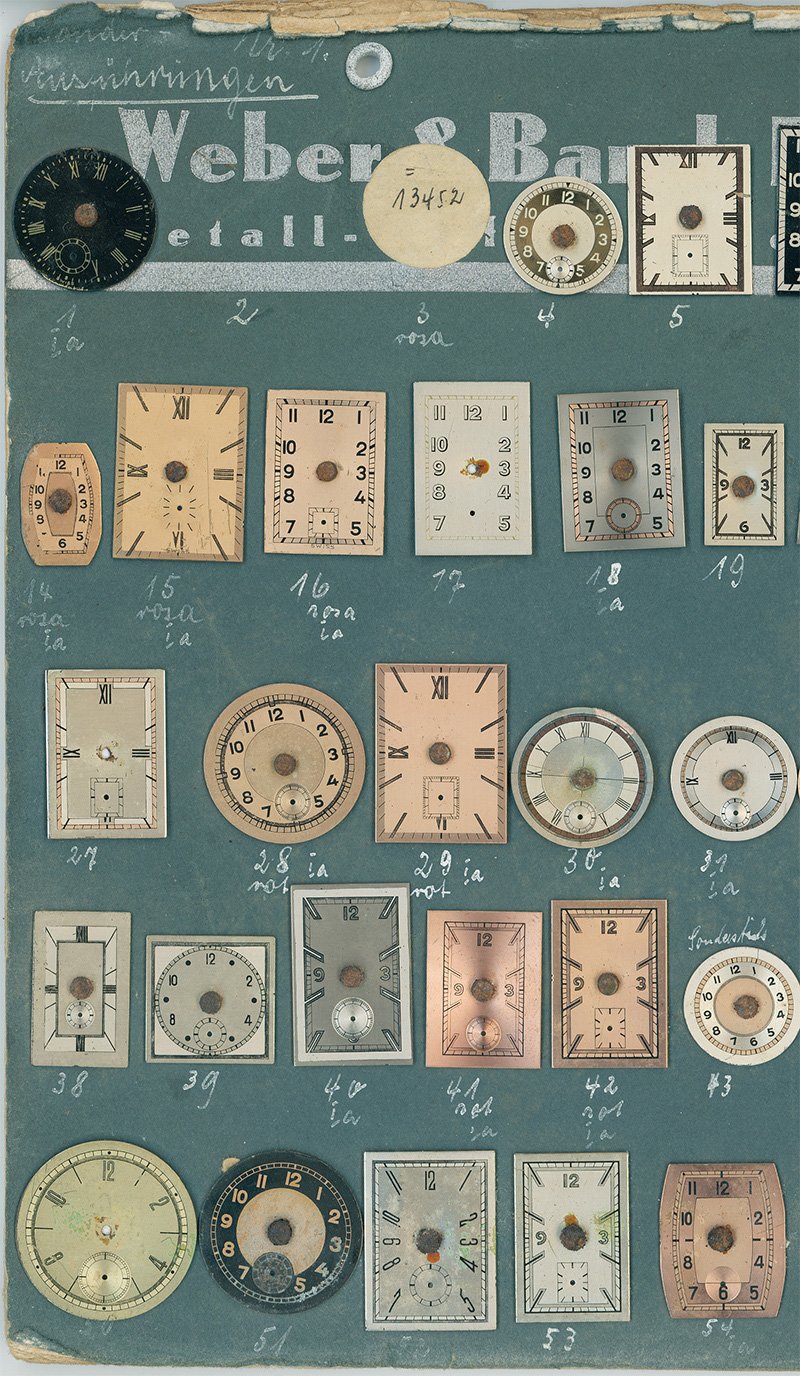
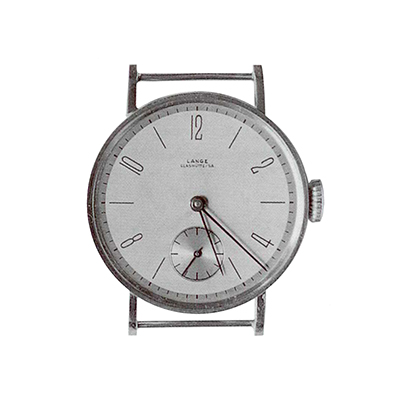
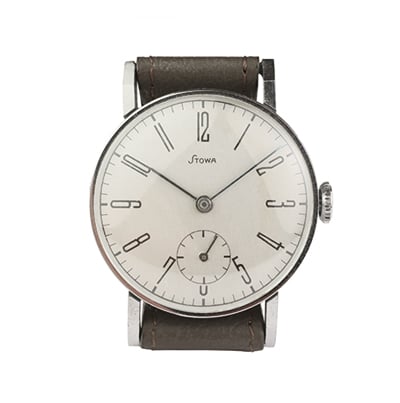

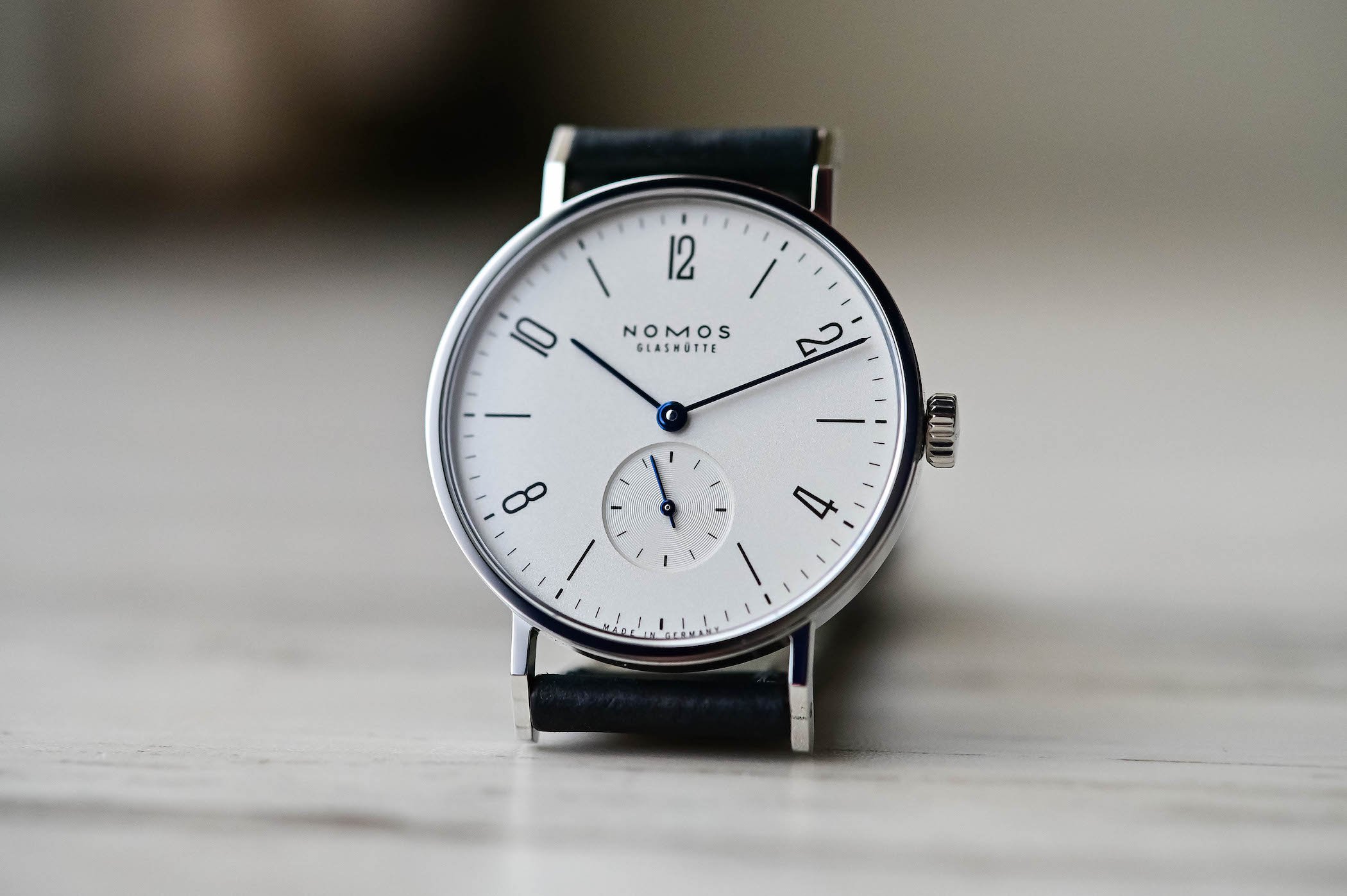

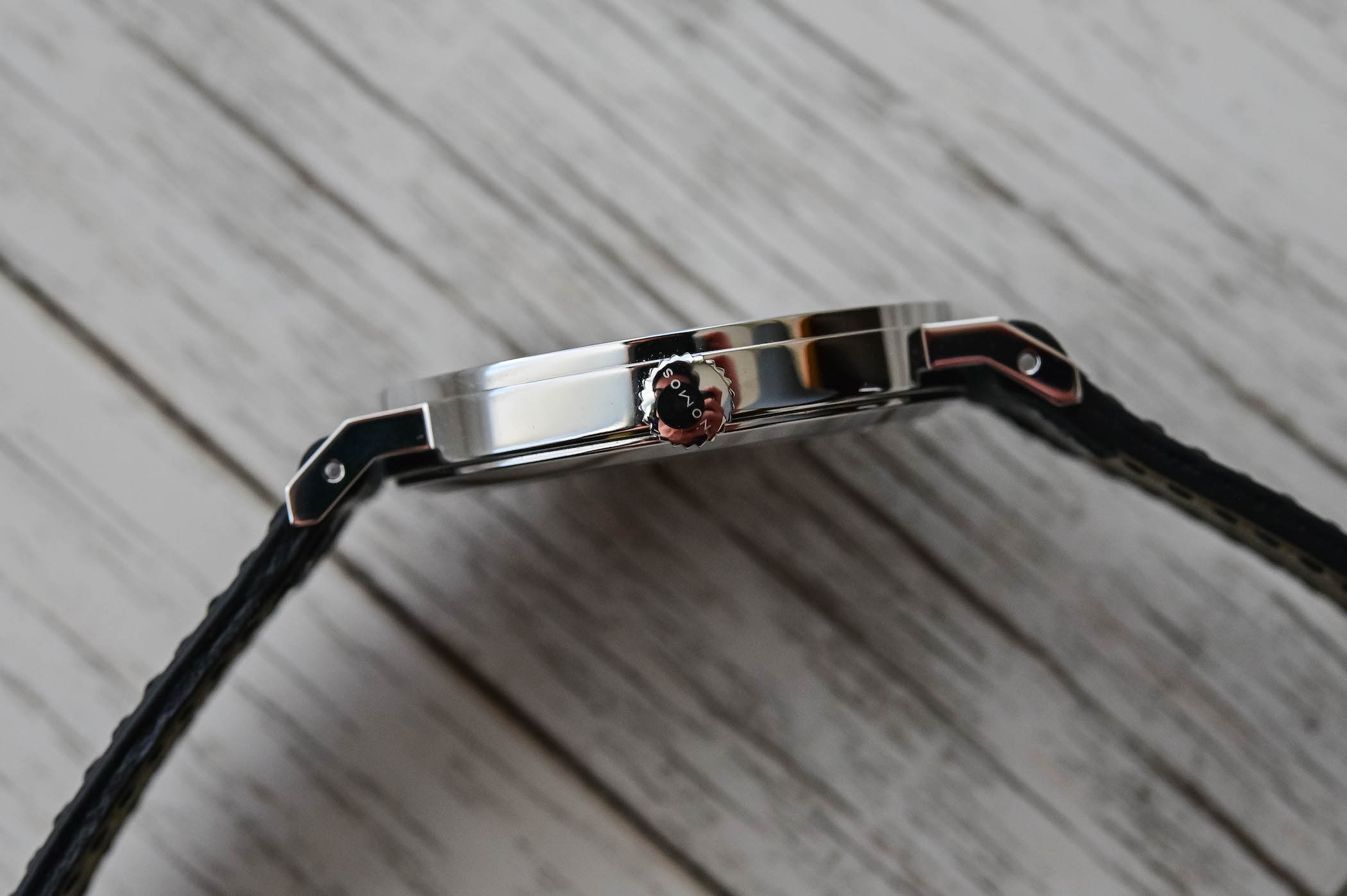
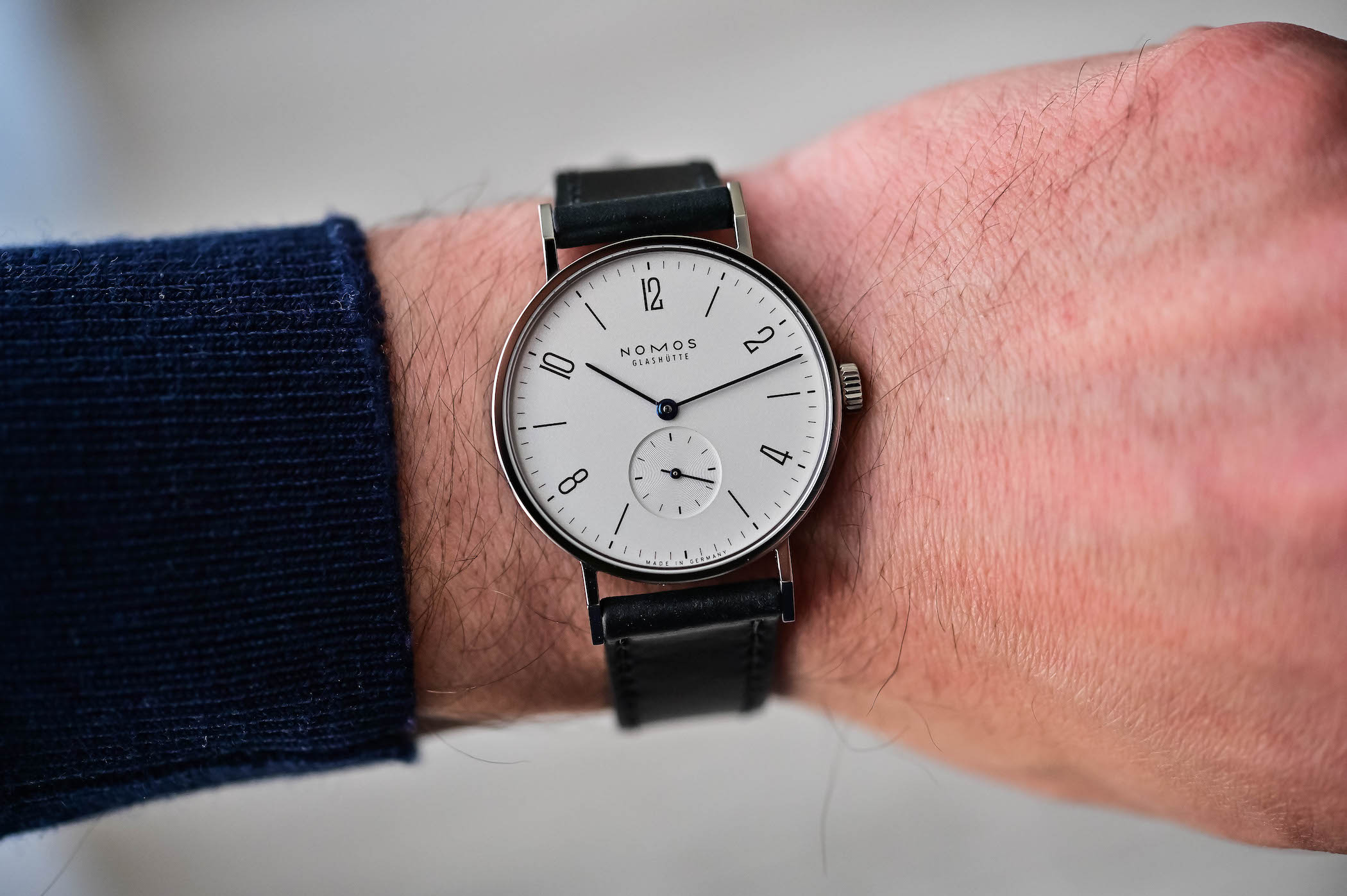
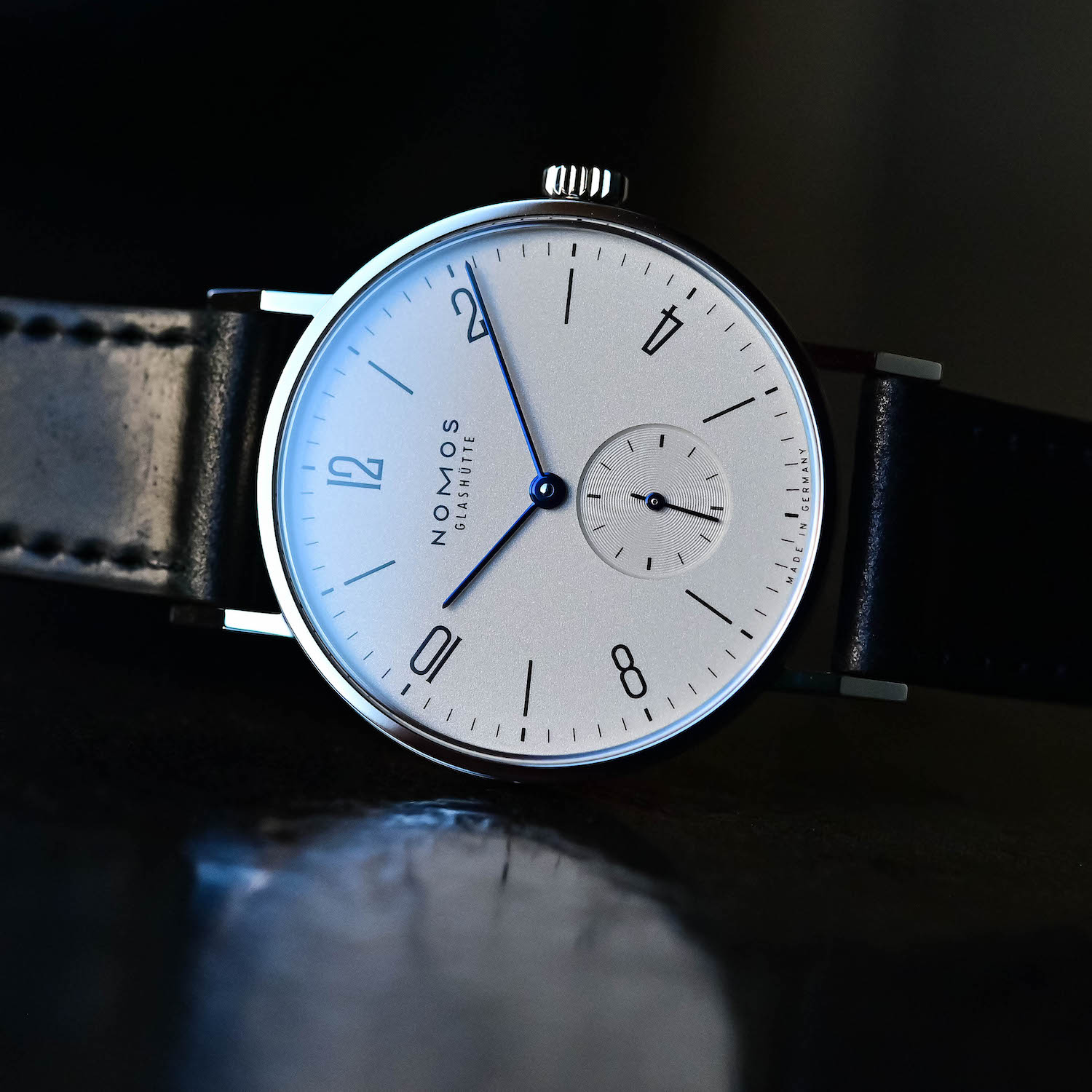
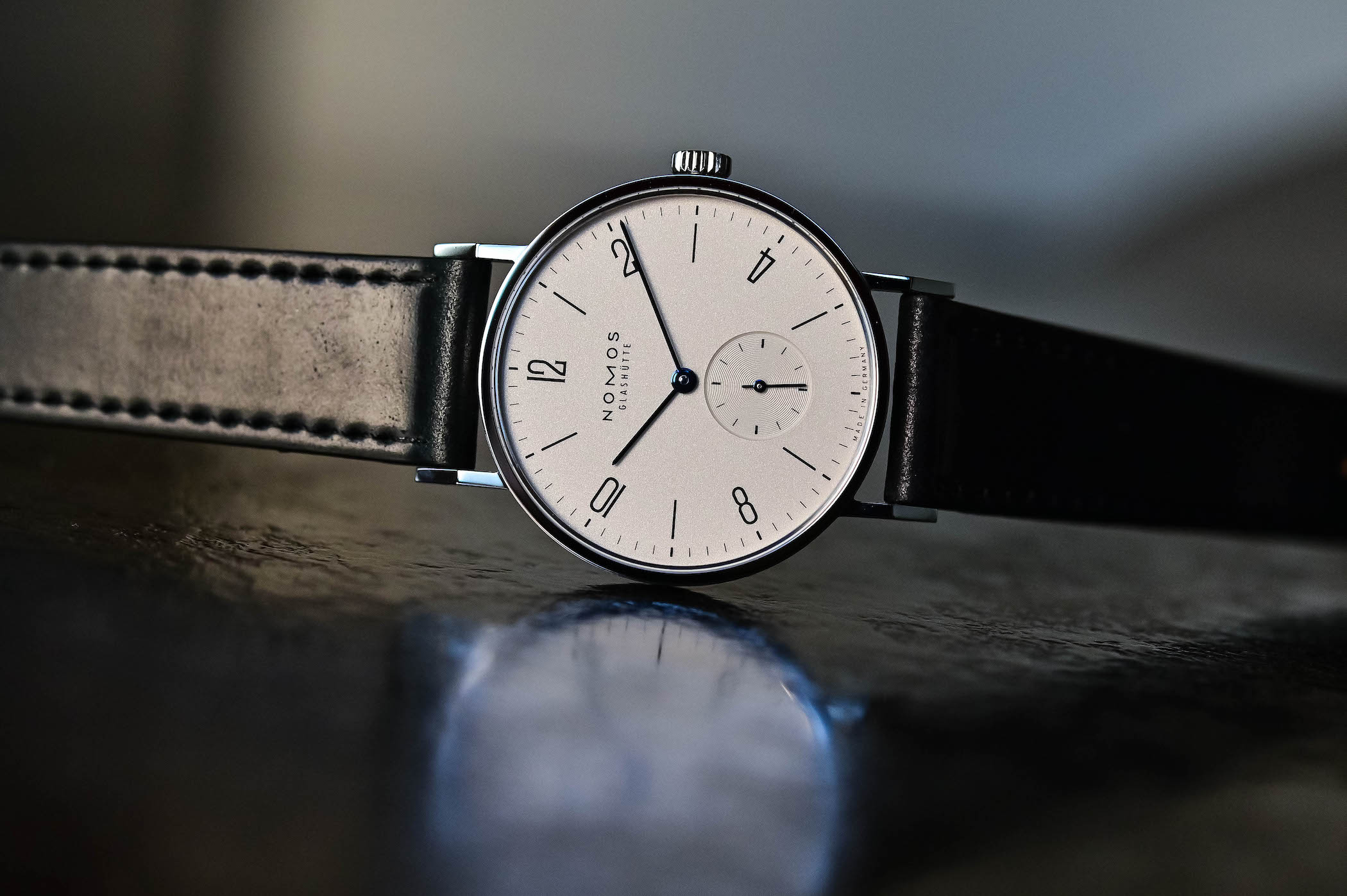
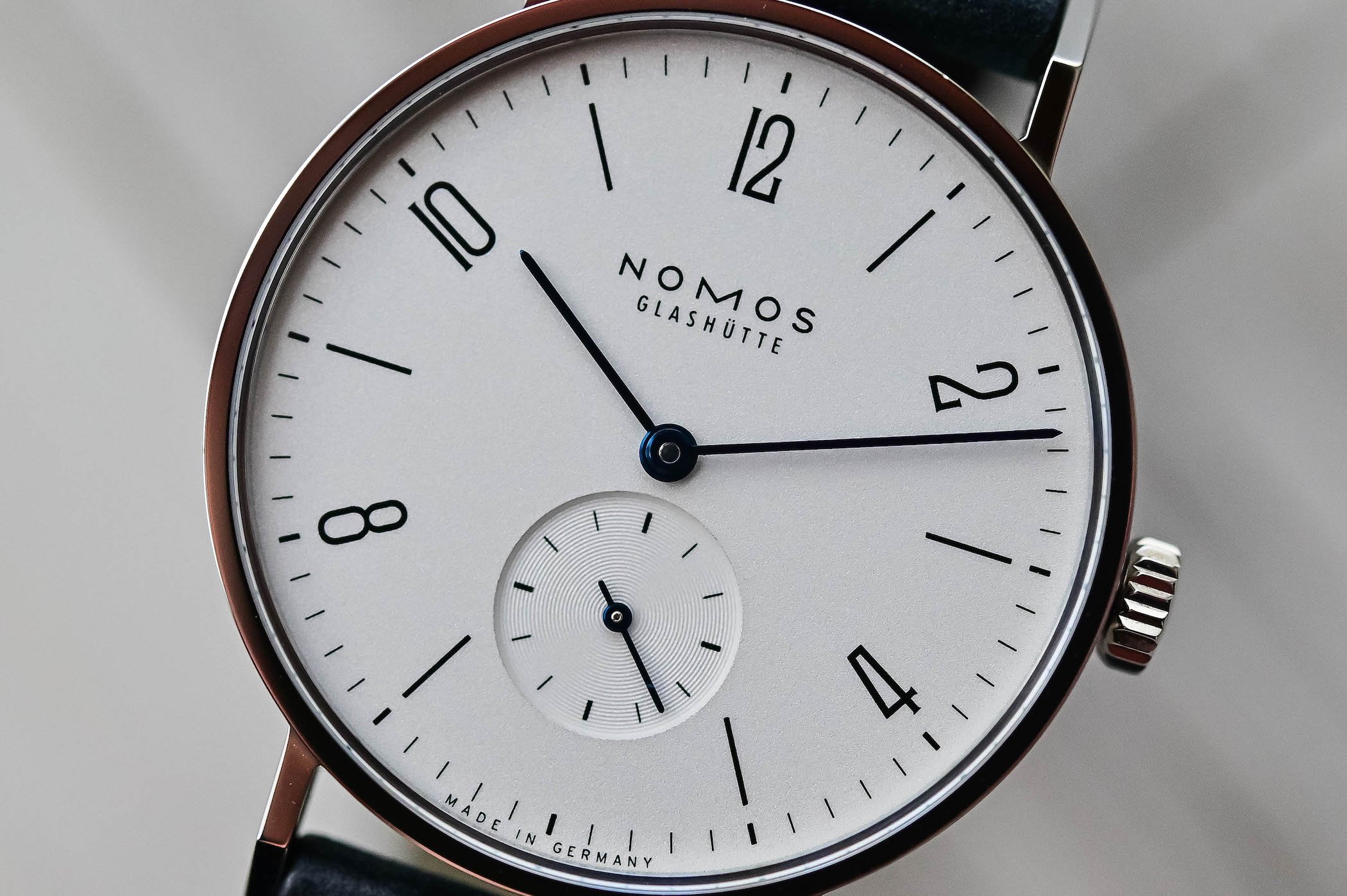
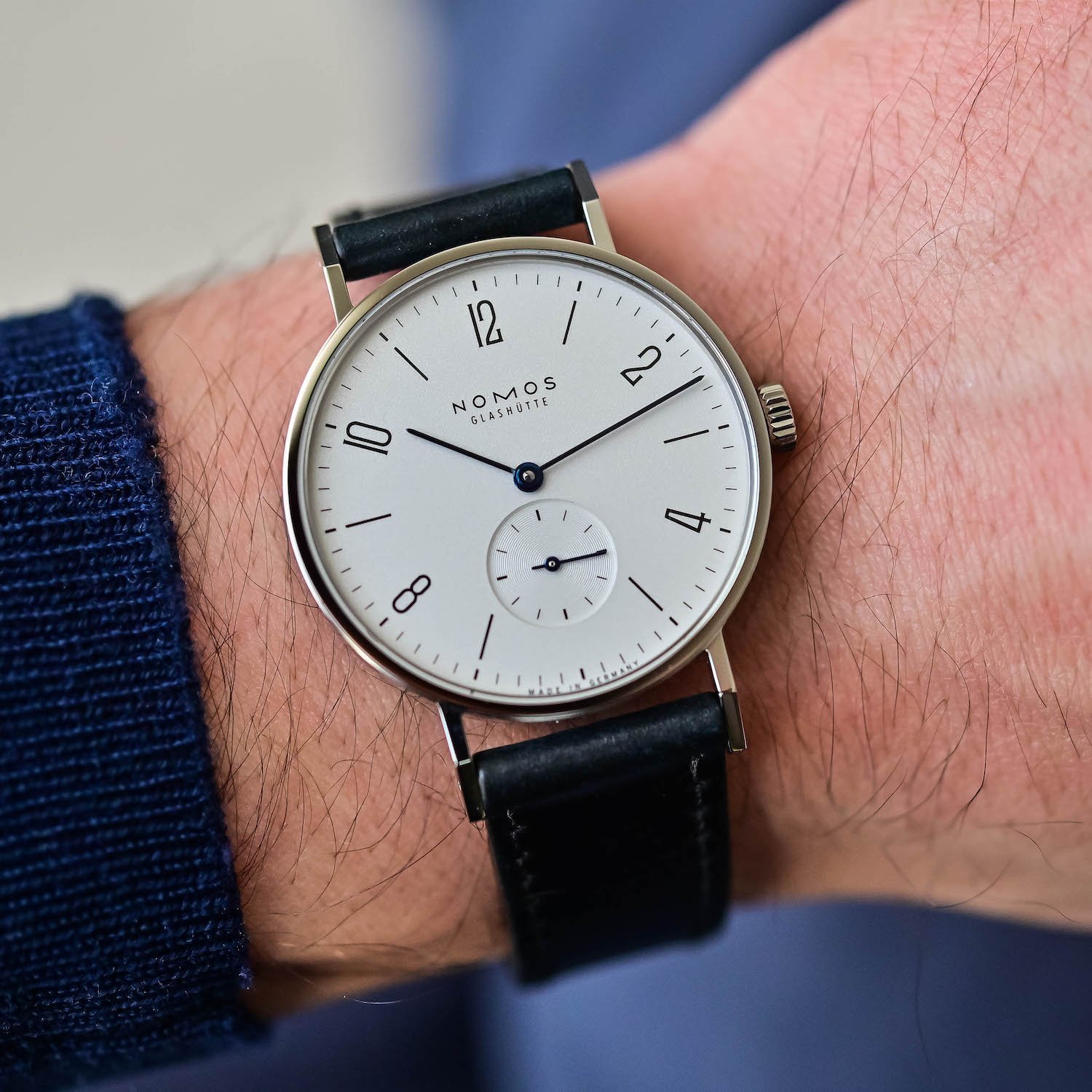
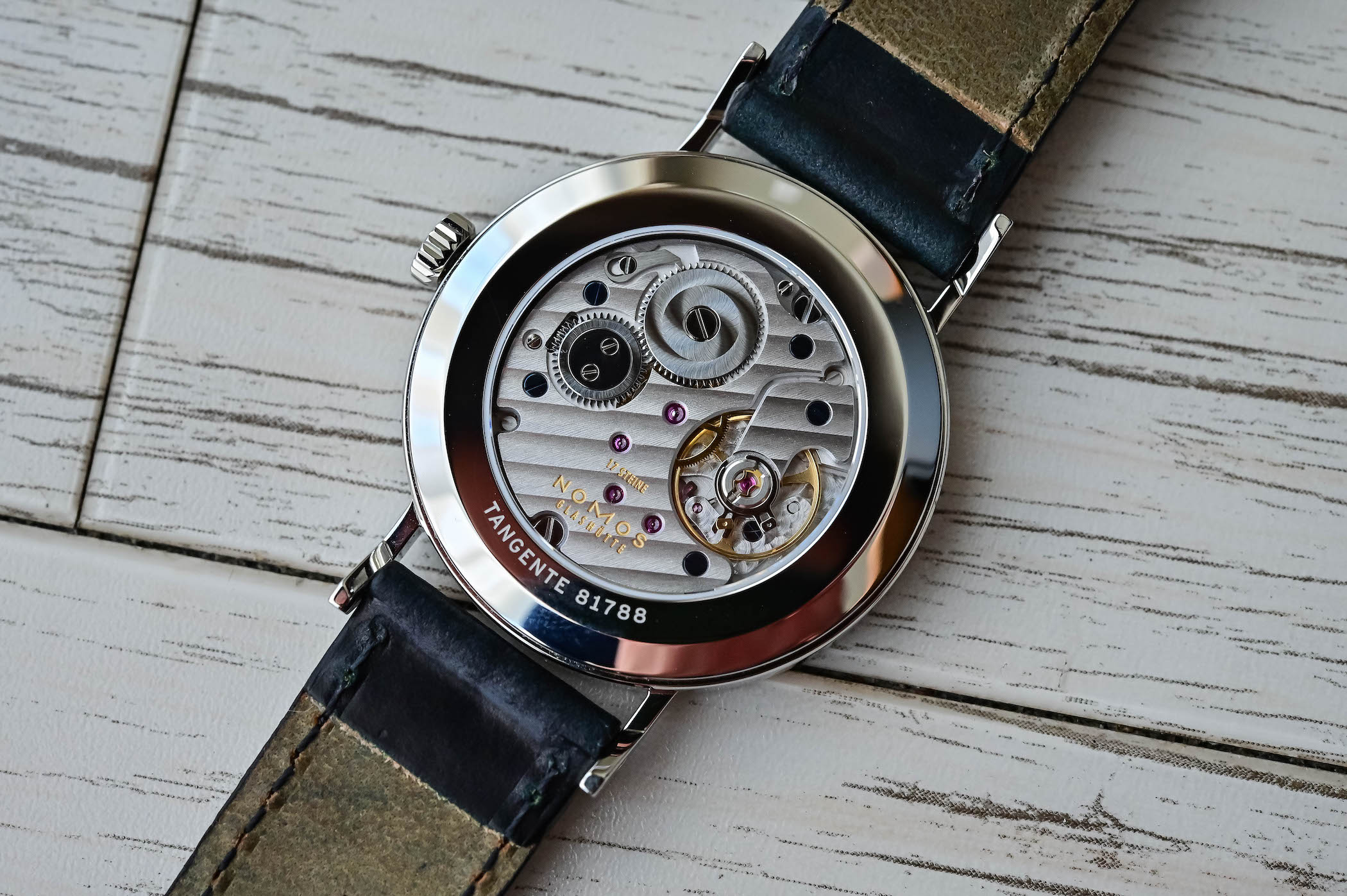
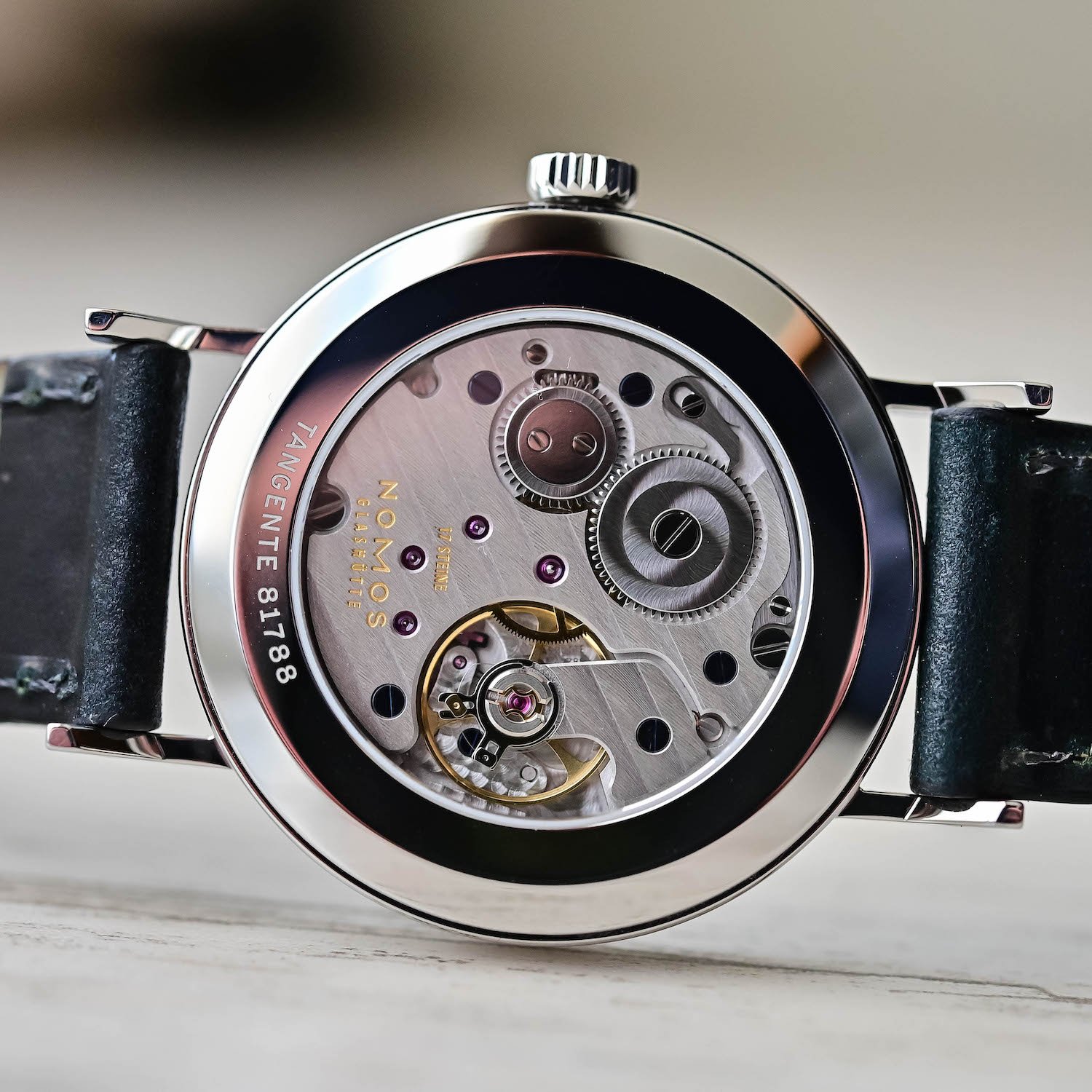
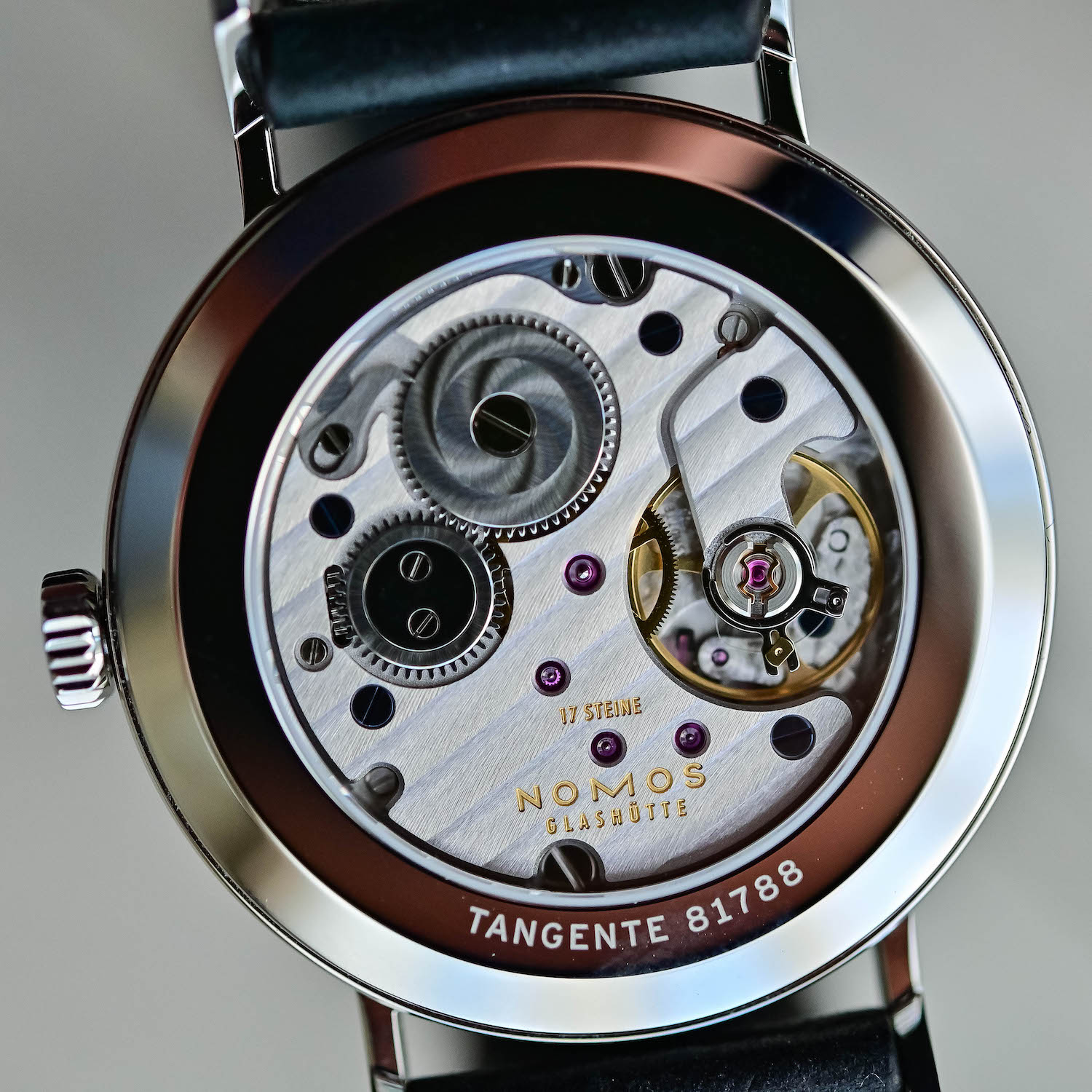

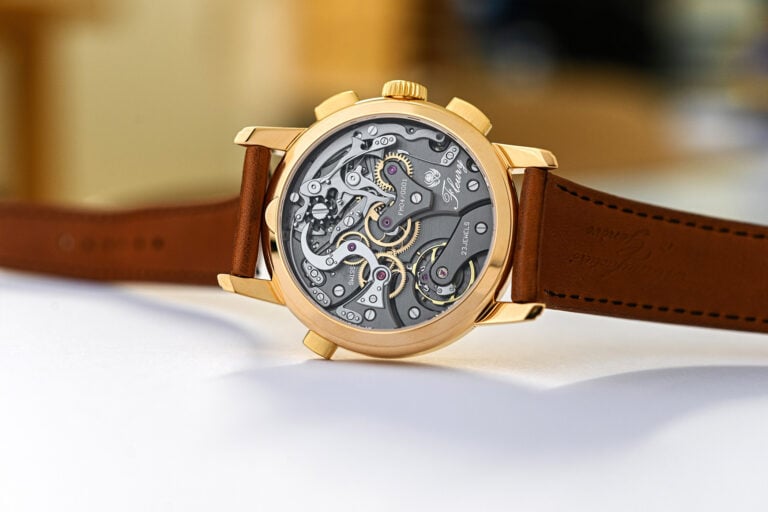
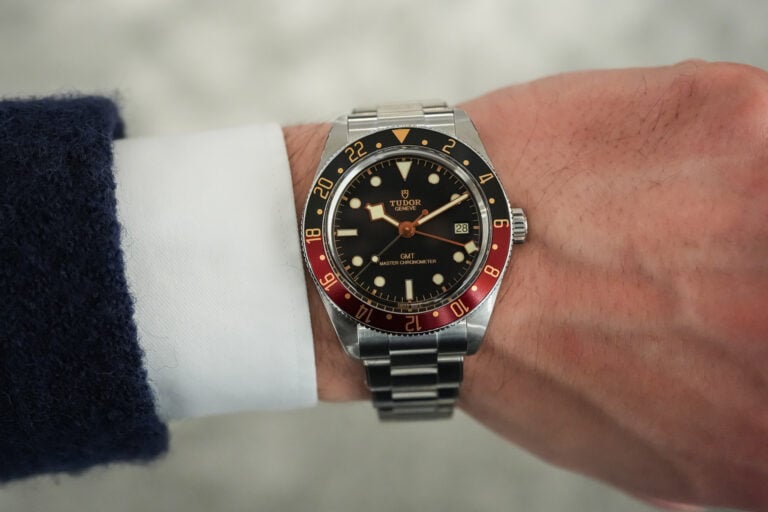
10 responses
Nomos is my go to place for a watch that fits my wrist. I’ve had a Tangent (Doctors Without Borders) for quite a while & could not be happier.
Thanks for an excellent review of this classic watch. I almost bought one, but opted instead for Gangreserve version as I love their take on a power reserve, small but very legible and adding a bit more interest and color to the stark dial. Either way, a beautiful watch
iconic as only few are, very few
Small and amusing typo there – “And this is what stroke me most when I actually had this watch in my hand. “
The tangente is an awesome bit of design. Yes, it’s Bauhaus, but somehow it does that without feeling like a rehash, and I don’t know how. I mean, there’s plenty of similar watches out there, yet Nomos designs are normally instantly recognisable.
It is classic well designed exquisitely built Germanic watch that is affordable that never goes of style and excused good taste.😀
Finally pulled the trigger on my first Nomos (limited edition Club) last year and couldn’t be happier. It’s so thin, the finishing is amazing, and I’m always discovering interesting details. Honestly it makes some of my much more expensive watches look a little boring. I know people complain about the long lugs and I was a little worried as well, but if you get one of their nylon straps, the strap practically touches the case, so at least there’s no gap between the case and strap end. I think Nomos should try this with their leather straps as well. I suspect some people are put off by the gap between the case and strap end more than the lug length.
The only flaw in this design for me has always be the subdial being too close to the stem.
That’s a compliment, not a reproach.
When i first saw the original version of this watch in Japan, I distinctly remember the plates visible through the see through back, being gold plated. I wish I had bought one. Strangely, I never see any photos of this. Must have been a very early version.This is still a lovely watch today, classic, clean and simple.
The diameter is too large for the small caliber. This can be seen on the dial, with the small seconds being positioned too high up (look at the Lange and Stowa for comparison) and on the back, with the large bezel hiding the gap between the caliber and case diameters.